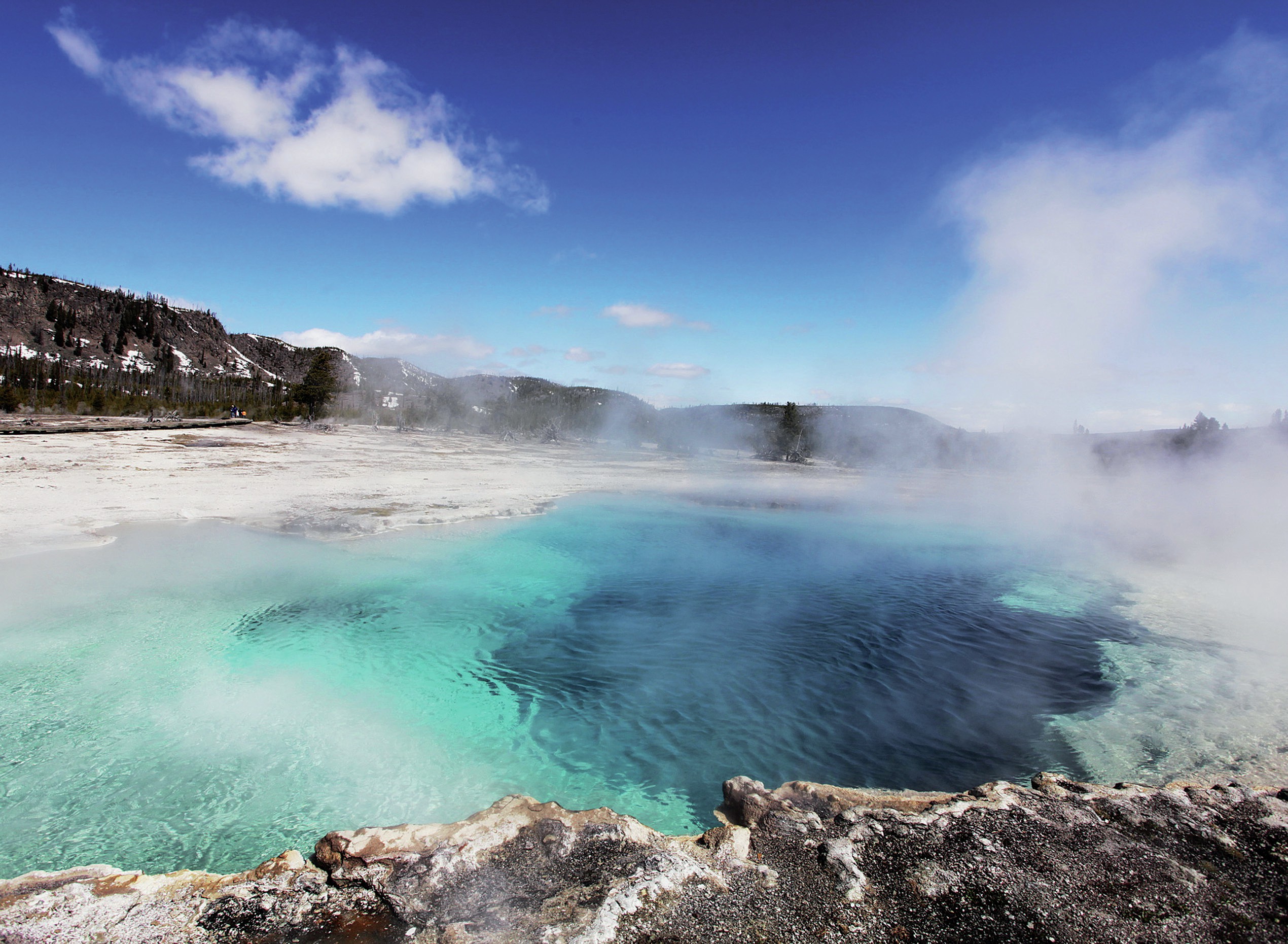
Deep beneath the Earth’s surfaces lies one of the most destructive and least-understood natural phenomena that our world offers — the supervolcano. Yellowstone Caldera in Yellowstone National Park, Wyoming, USA (see Figure 1) is one of only a handful of supervolcanoes in existence. If it erupts it will be unlike any other volcanic eruption ever witnessed. The explosion would be heard around the world and would darken our skies and significantly change the climate.
As the name suggests, a supervolcano is significantly larger than a normal volcano. When you think of a volcano you may imagine the familiar cone-shaped mountain, with one main vent and possibly some secondary cones. The magma source for volcanoes comes from the magma chamber just beneath the Earth’s crust. A supervolcano, however, is on a much larger scale. It forms when magma rises from the Earth’s mantle, creating a boiling reservoir in the Earth’s crust.
Your organisation does not have access to this article.
Sign up today to give your students the edge they need to achieve their best grades with subject expertise
Subscribe




